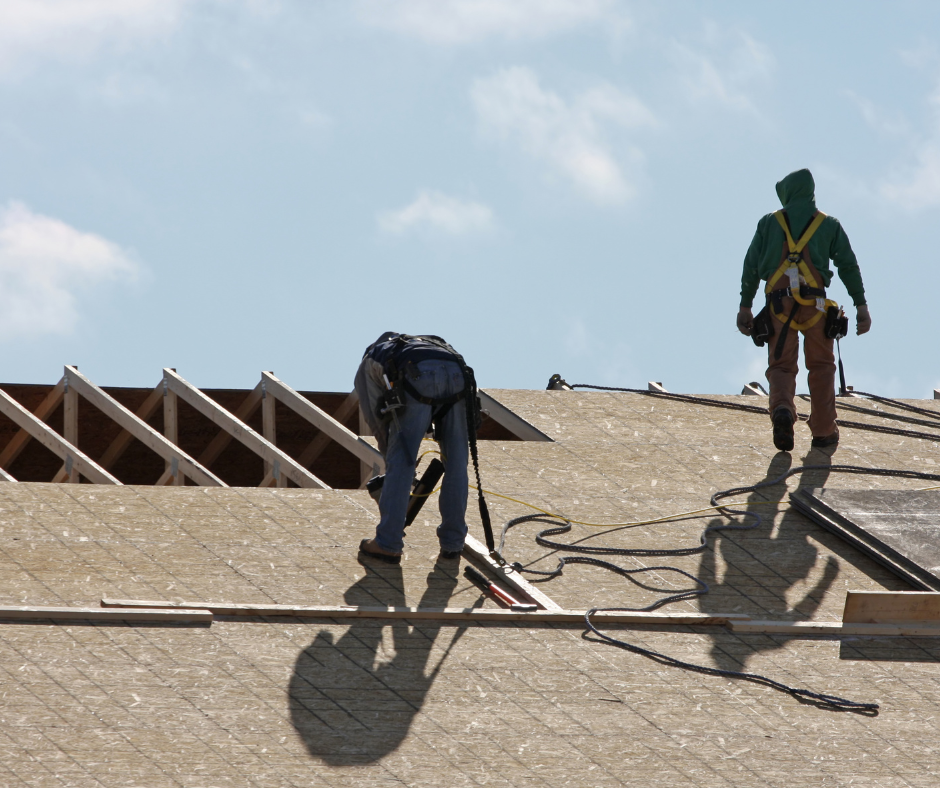 Choosing the right roofing material for your Midwest home can be a daunting task. With so many options available, it can be hard to know where to start. However, selecting the right roofing material is essential to protect your home from the harsh weather conditions of the Midwest. The extreme temperature fluctuations, high winds, and heavy snowfall can take a toll on roofing materials over time. As a result, homeowners should choose a roofing material that can withstand these conditions.
Choosing the right roofing material for your Midwest home can be a daunting task. With so many options available, it can be hard to know where to start. However, selecting the right roofing material is essential to protect your home from the harsh weather conditions of the Midwest. The extreme temperature fluctuations, high winds, and heavy snowfall can take a toll on roofing materials over time. As a result, homeowners should choose a roofing material that can withstand these conditions.
In this blog, we will discuss the pros and cons of different roofing materials and help you choose the best one for your home.
Asphalt Shingles
Asphalt shingles are the most popular roofing material in the United States, and for good reason. They are affordable, easy to install, and come in a wide range of colors and styles. Asphalt shingles are also durable and can last for up to 30 years. Additionally, they are fire-resistant and offer good protection against the wind. Read more about the benefits for asphalt roofing here.
However, asphalt shingles are not without their downsides. They are not the most eco-friendly option and can contribute to landfill waste when they are replaced. Additionally, they are not the best option for homes in areas that experience high winds, as they can easily blow off. To learn more about roofing options, visit modernize.com.
Metal Roofing
Metal roofing is another popular option for homeowners in the Midwest. It is durable, fire-resistant, and can last up to 50 years. Metal roofing is also lightweight and easy to install. Additionally, it is energy-efficient and can reflect the sun’s rays, reducing your cooling costs.
One downside of metal roofing is that it can be noisy during rain or hailstorms. However, this can be mitigated with proper installation techniques. Additionally, metal roofing can be more expensive than other options, but it is a worthwhile investment due to its long lifespan. For more information on metal roofing, visit ThisOldHouse.com
Tile Roofing
Tile roofing is a popular option for homeowners who want a unique and stylish look for their homes. It is durable and can last for up to 100 years. Tile roofing is also fire-resistant and offers good insulation against the heat.
However, tile roofing is not the best option for areas that experience extreme temperature fluctuations. In the Midwest, the freeze-thaw cycle can cause tiles to crack and break, leading to costly repairs. Additionally, tile roofing can be more expensive than other options due to the labor-intensive installation process.
Slate Roofing
Slate roofing is a premium option for homeowners who want a durable and long-lasting roof. It can last for up to 100 years and is fire-resistant. Slate roofing is also eco-friendly, as it is made from natural materials.However, slate roofing is one of the most expensive options, and it requires specialized installation techniques due to its weight. Additionally, it can be difficult to find replacement tiles if they become damaged or broken.
Wood Shingles/Shakes
Wood shingles and shakes offer a unique and rustic look for your home. They are also eco-friendly, as they are made from natural materials. Wood roofing can last up to 30 years with proper maintenance.
However, wood roofing requires regular maintenance to prevent rot and decay. Additionally, it is not the best option for areas that experience high humidity or moisture, as it can easily rot. Wood roofing is also not fire-resistant, which can be a concern in areas prone to wildfires.
As you can see, there are many options and they each have benefits and challenges. Whichever roofing type you choose should be based on your climate, budget and required lifespan of the materials. These are not easy decisions to make alone, and we are here to help you make the best decision for your new roof. Contact us for a free estimate.
